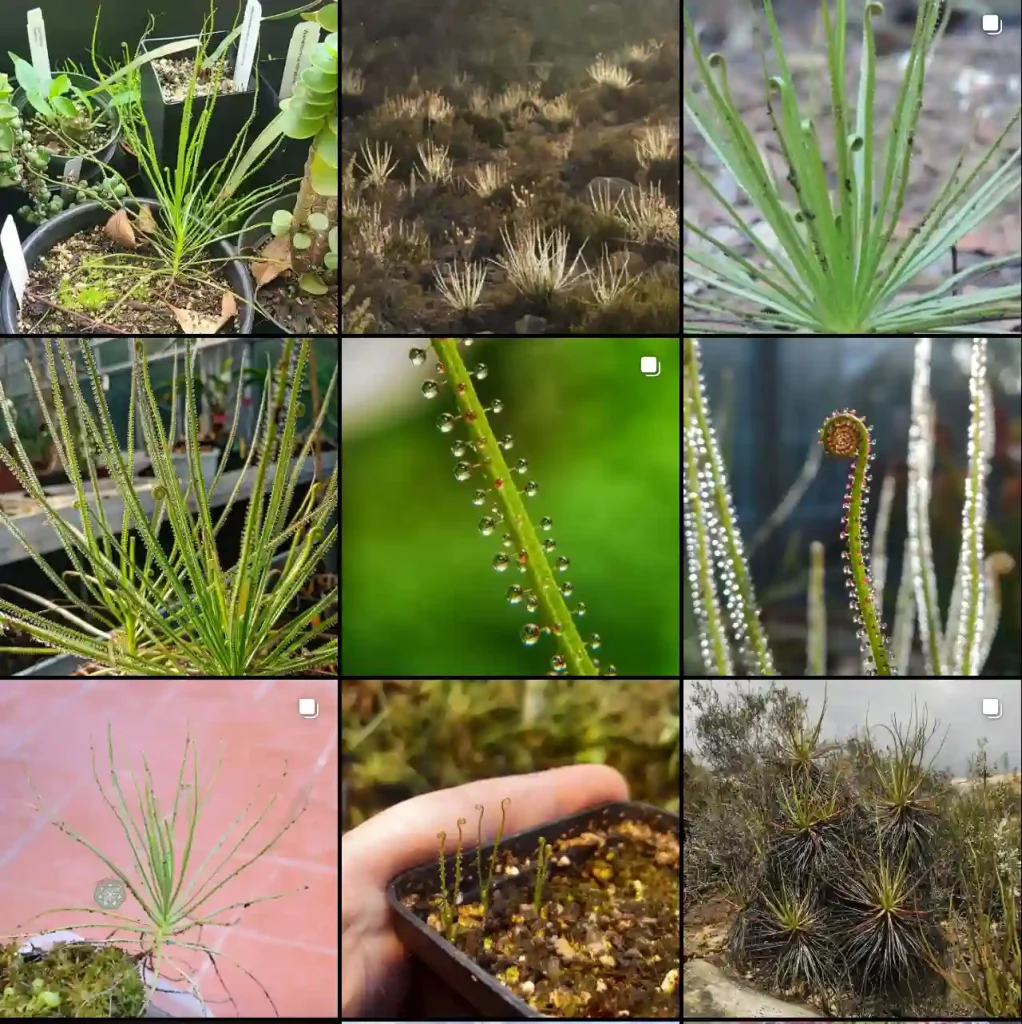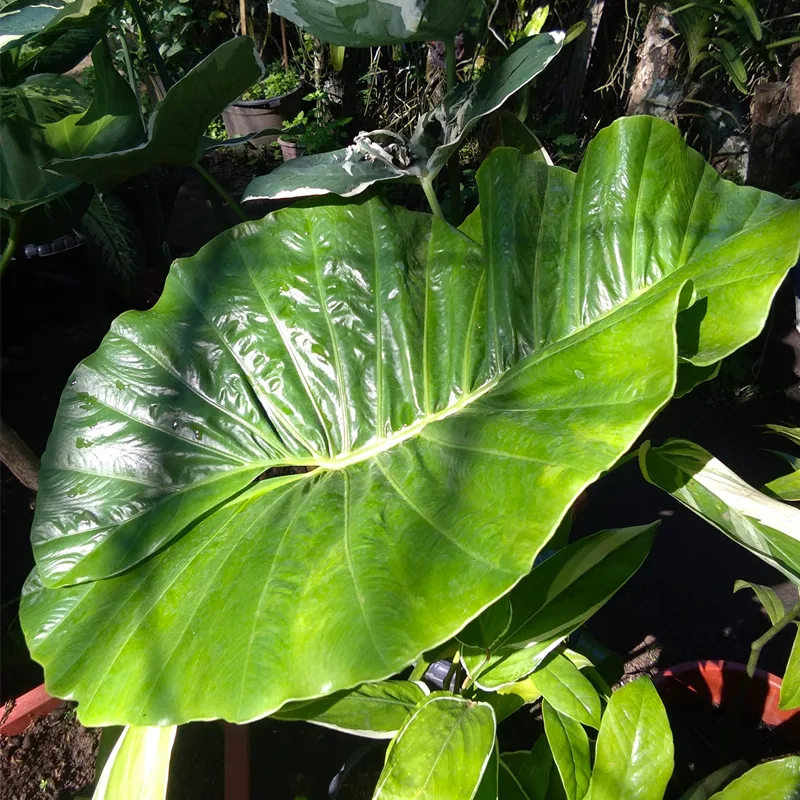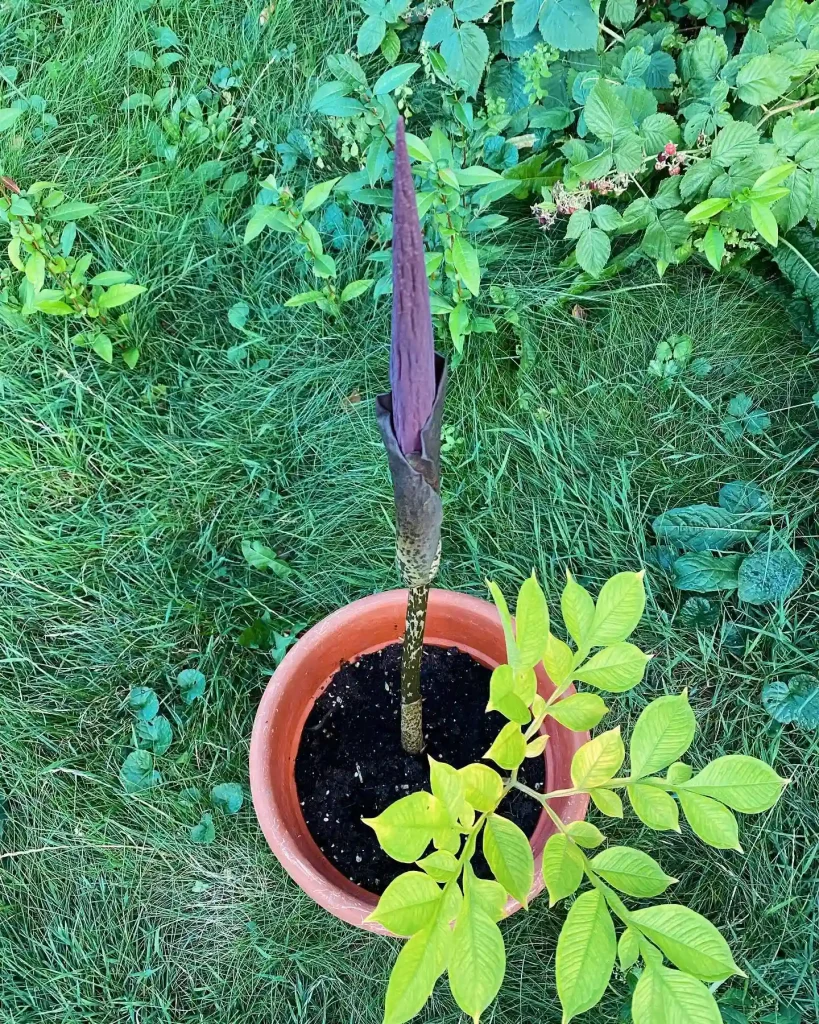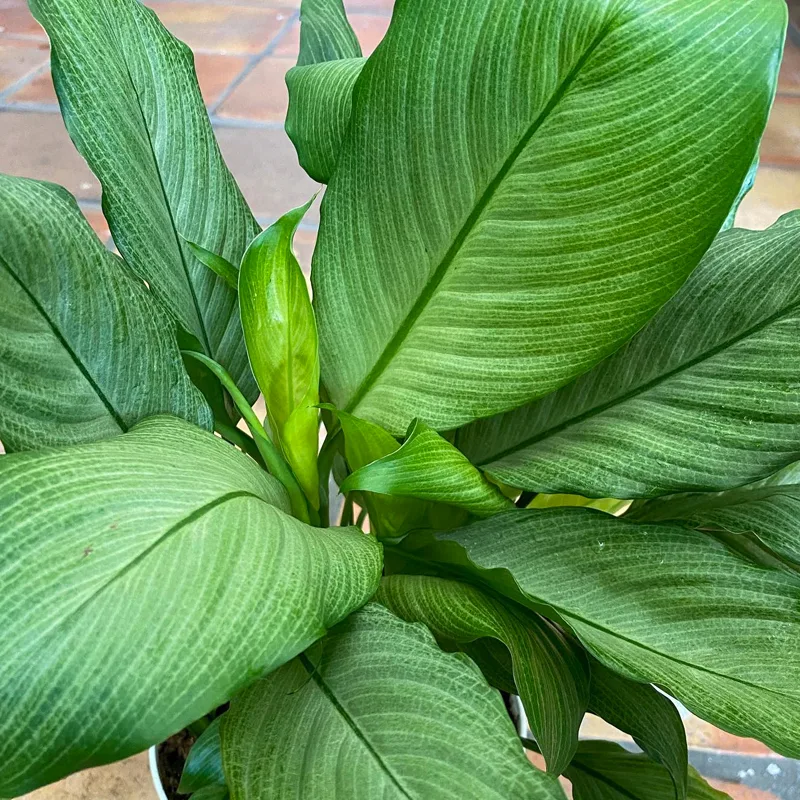
How to Grow Magnolia Denudata?
Growing Magnolia Denudata, often known as the Yulan Magnolia, can be a rewarding experience. I’ve found that these beautiful trees thrive in well-drained, slightly acidic to neutral soil. Start by selecting a spot with full sun to partial shade. Magnolia Denudata isn’t overly picky about soil type, but it does prefer a spot where water doesn’t pool, as it doesn’t handle wet feet very well.
When planting, make sure to dig a hole that is twice as wide as the root ball and just as deep. This allows the roots to spread out easily. Backfill with the native soil mixed with a bit of compost to encourage healthy growth. Water the tree thoroughly after planting and keep the soil moist but not soggy for the first growing season.
371 Species in Genus Magnolia
How to Care for Magnolia Denudata?
Caring for Magnolia Denudata involves a few key practices. Regular watering is crucial, especially during dry periods. Aim to water deeply once a week, rather than shallow watering more frequently. This encourages deep root growth.
Mulching around the base of the tree helps retain moisture and keeps weeds at bay. I use organic mulch, like bark or wood chips, which also gradually enriches the soil as it decomposes.
Fertilizing is usually needed only once a year, in early spring. A balanced, slow-release fertilizer works well. Avoid over-fertilizing, as this can lead to excessive leaf growth at the expense of flowers.
How to Propagate Magnolia Denudata?
Propagating Magnolia Denudata can be a bit challenging but definitely doable. The most common method is by taking cuttings. The best time to take cuttings is in late summer or early fall. Choose a healthy, semi-hardwood cutting about 6 to 8 inches long. Remove the lower leaves and dip the cut end in rooting hormone.
Plant the cutting in a pot filled with a mix of peat and perlite. Keep the pot in a warm, humid environment, and water lightly to keep the soil moist. It can take a few months for roots to form, so patience is key.
Another method is by growing from seeds. Collect the seeds in the fall and sow them in pots filled with a seed-starting mix. Keep the pots in a cold frame or greenhouse until the seeds germinate, which can take several months.
What to Plant With Magnolia Denudata?
Magnolia Denudata pairs beautifully with other flowering plants and shrubs. Consider planting it alongside azaleas, which have similar soil and light requirements. Rhododendrons also complement the Magnolia’s large, showy blooms. For ground cover, try planting hostas or ferns, which thrive in the same conditions and add lush greenery to the garden.
Can You Grow Magnolia Denudata Indoors?
Magnolia Denudata is generally not suited for indoor growth. It requires a lot of space to thrive and typically grows too large for most indoor environments. If you’re set on growing a Magnolia indoors, you might consider a smaller variety or a dwarf cultivar. However, for the full experience of this magnificent tree, outdoor planting is best.
Is Magnolia Denudata Toxic?
Magnolia Denudata is not considered toxic to humans or pets. This makes it a safe choice for gardens where children or animals play. However, while it’s non-toxic, it’s always a good idea to monitor young children to ensure they don’t try to eat any part of the plant, just to be on the safe side.
Benefits of Magnolia Denudata
One of the major benefits of Magnolia Denudata is its stunning, fragrant flowers that appear in early spring. The large, creamy-white blooms are a beautiful sight and add a touch of elegance to any garden. Additionally, the tree’s attractive foliage and growth habit make it a desirable landscape feature.
Magnolia Denudata is also relatively low-maintenance once established, making it a great choice for gardeners who want beauty without excessive upkeep.
Common Problems with Magnolia Denudata
While Magnolia Denudata is generally hardy, it can face a few issues. One common problem is flower bud drop, often due to late frosts. Protecting the tree with frost covers during cold snaps can help.
Pests such as scale insects and aphids can also be a concern. Regular inspection and prompt treatment with insecticidal soap can manage these pests effectively.
Additionally, keep an eye out for fungal diseases like powdery mildew. Ensuring good air circulation around the tree and avoiding overhead watering can help prevent these issues.
Compare Magnolia Denudata with Similar Varieties
If you’re considering other Magnolia varieties, Magnolia Stellata is a great comparison. While both have beautiful blooms, Magnolia Stellata is a smaller, shrub-like plant with star-shaped flowers, making it suitable for smaller spaces. Magnolia Grandiflora, on the other hand, is much larger and evergreen, offering a different aesthetic with its glossy leaves and larger flowers.
In summary, Magnolia Denudata is a stunning tree that can add elegance and beauty to your garden with proper care. Whether you’re planting it for its magnificent blooms or its overall presence, this tree is sure to make a statement in your landscape.
If i die, water my plants!



